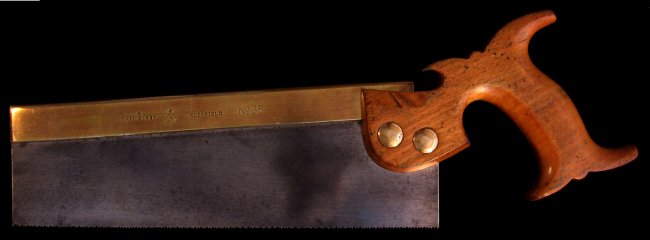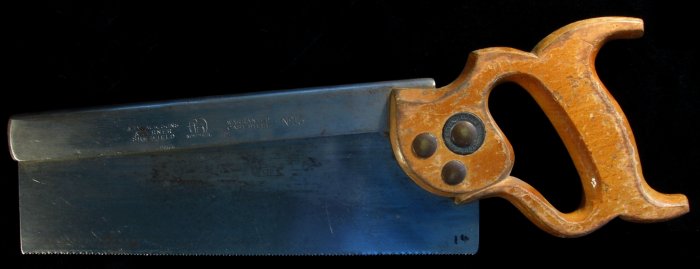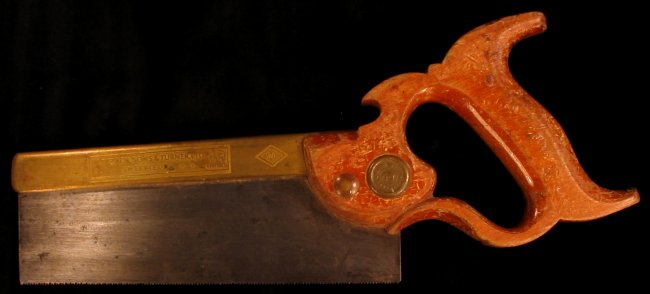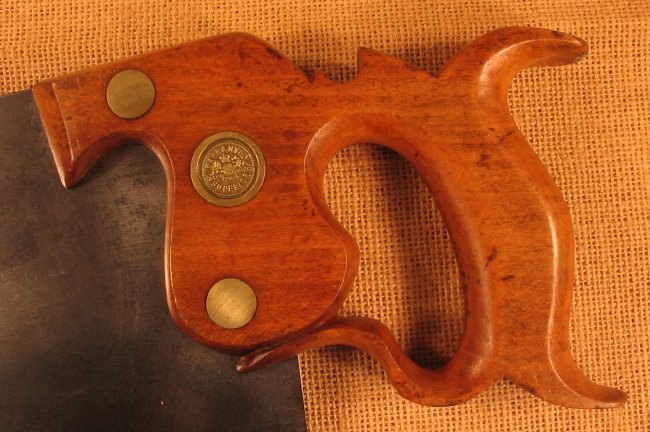I've had more saws than I need (cough!) from Ebay, and noticed that for some reason, Disstons seemed to fetch higher prices than other makes. I don't know why, but I avoided them for that reason. Of the backsaws, all were either 19th century or pre-WW1, and needed only a clean and sharpen to be excellent workers.
Of the long saws, half the ones I bought had undeclared kinks in the blade, which are possible (but difficult) to smith out. Unless al Ebay listing specifically stated that the saw was straight, I'd avoid it. Toothlines also varied, some being distinctly hollow in length (persistently sharpened more in the middle than at the ends, and not jointed). Changing a saw from cross-cut to rip (or vice-versa) is quite easy, but changing from one tooth spacing to another is time-consuming, so buying saws with the tooth spacing you want is a good plan. I've also noticed that 19th century saws have handles much better suited to my hand; mid to late 20th century handles seem to be sized for someone with hands like shovels, and I find them much less comfortable to use (though that will obviously depend on the size of your hands). Replacing a handle isn't quite as hard as reviving a kinked blade, though.
Thus, my conclusions are that it's best to buy good, straight blades, and worry less about handles. Older is generally better I think, though there's a slight trade-off between corrosion on older saws and horrible handles on newer ones. Maybe the happy medium is to buy good, newish saws, keep the clean blade and throw away the horrible handle. Making a comfortable 19th century style handle is a satisfying project, and remains satisfying every time you use the saw.









































